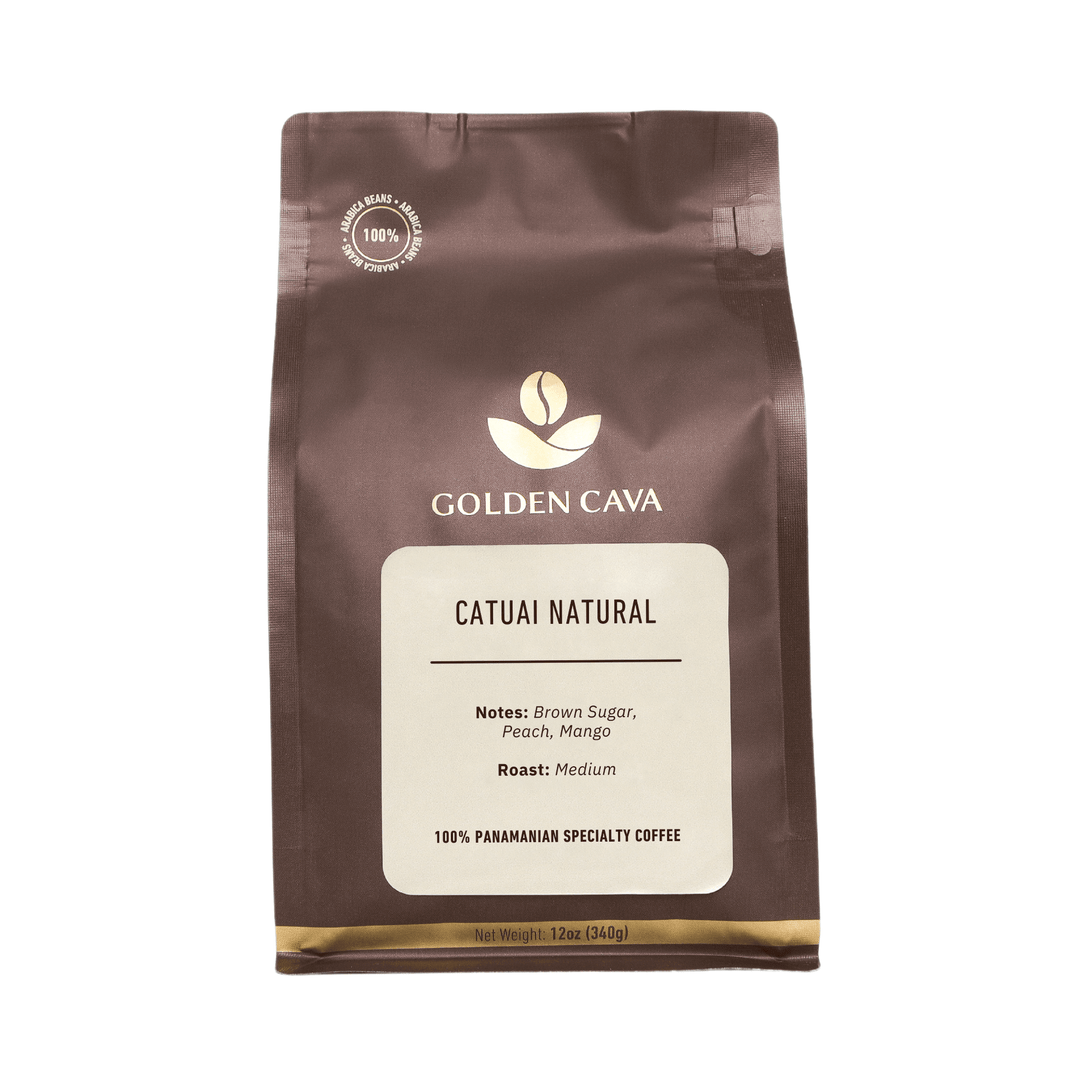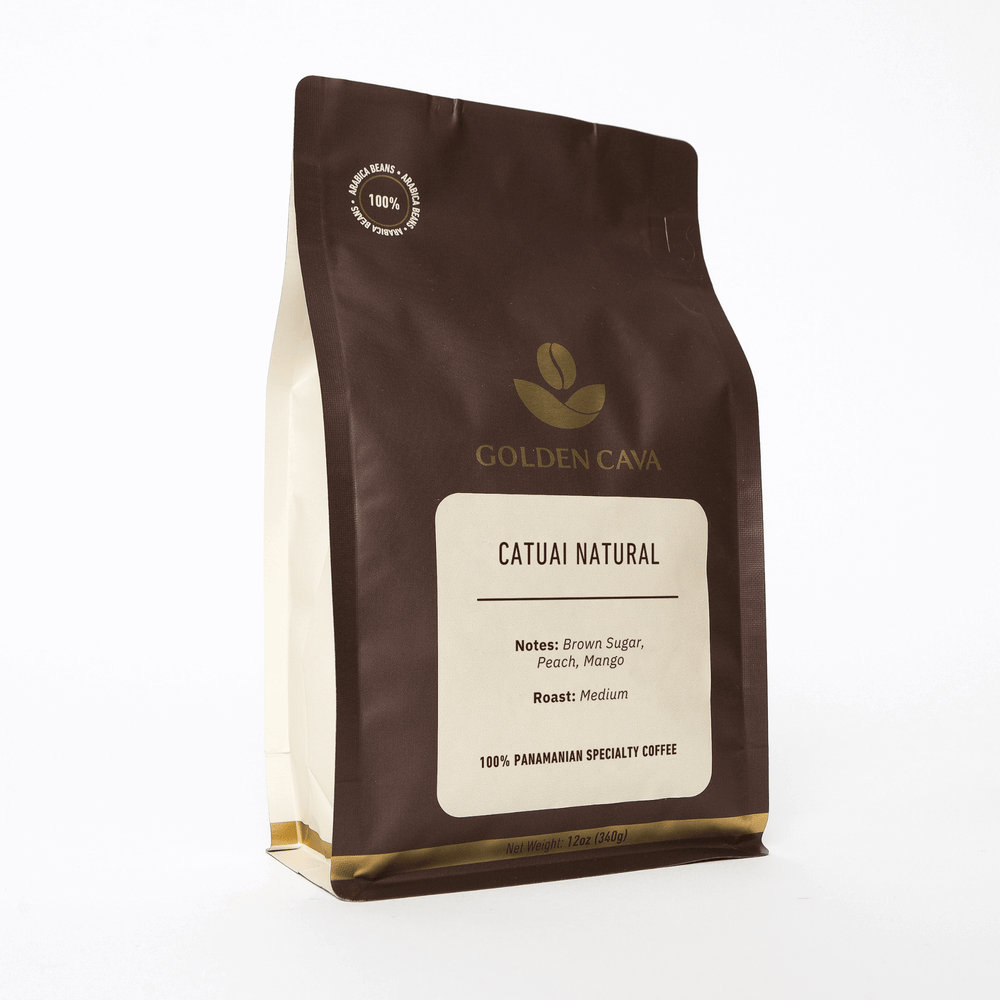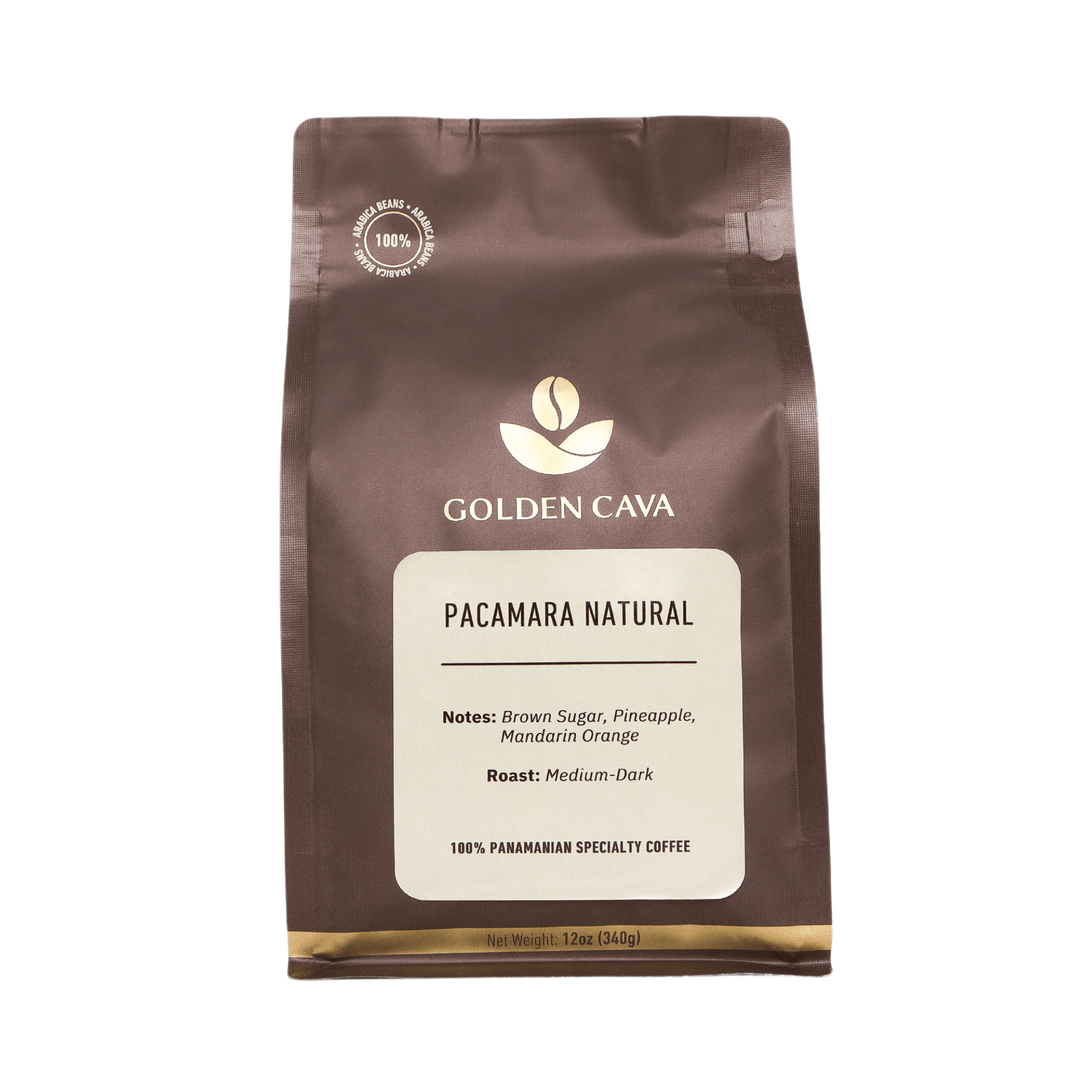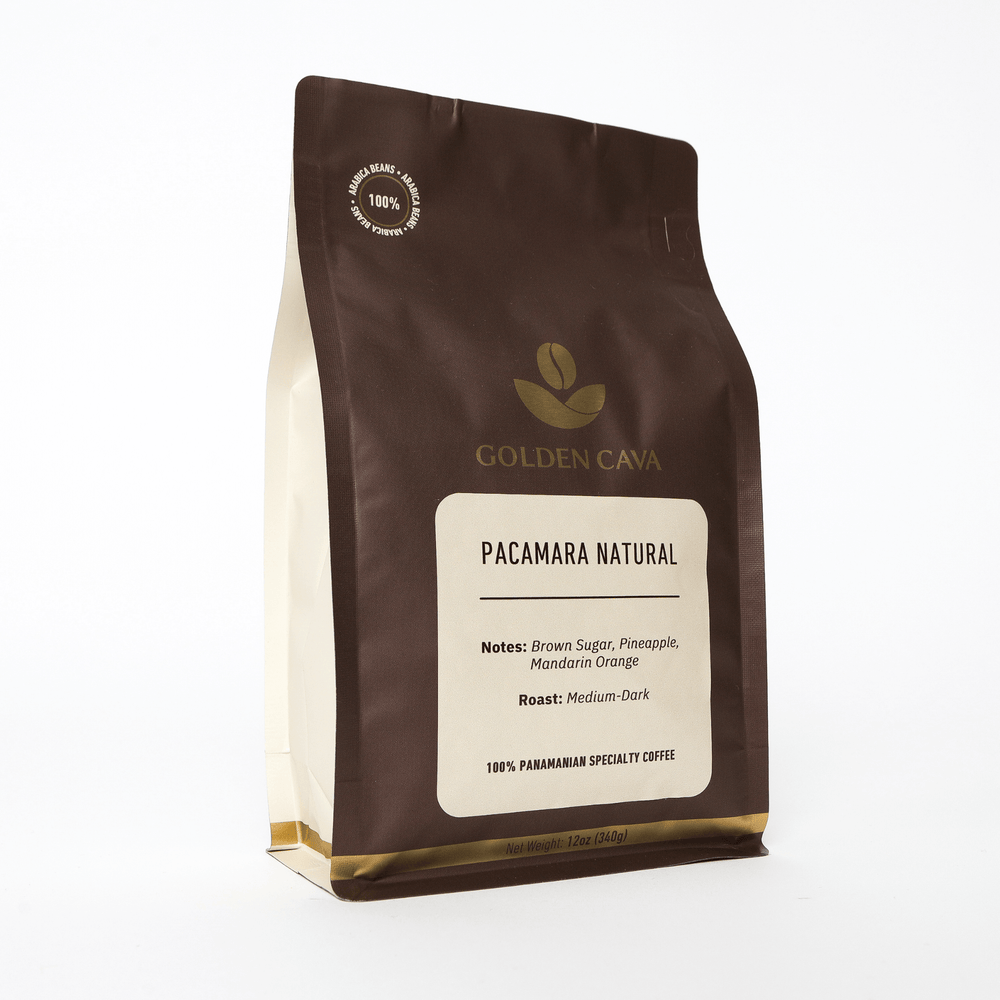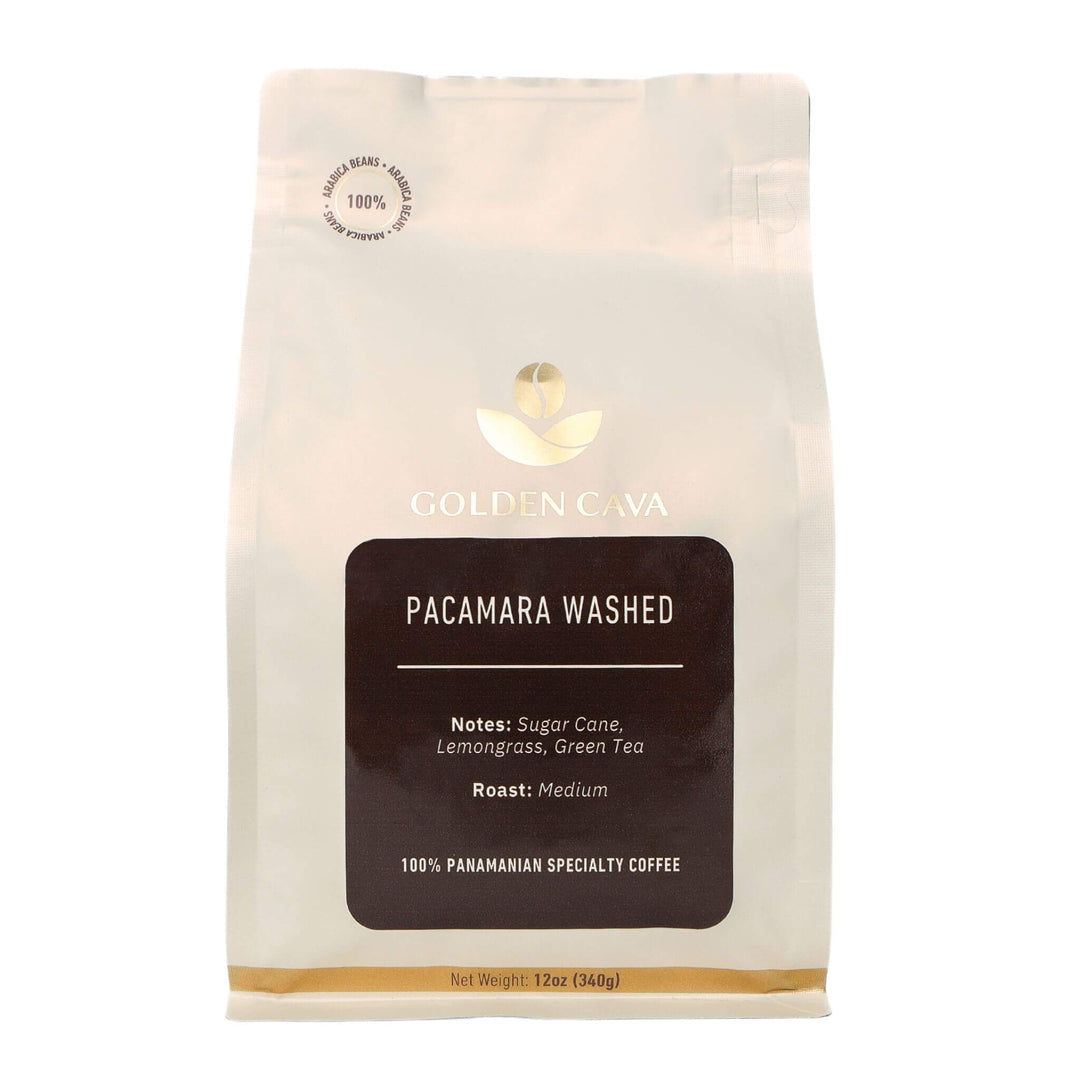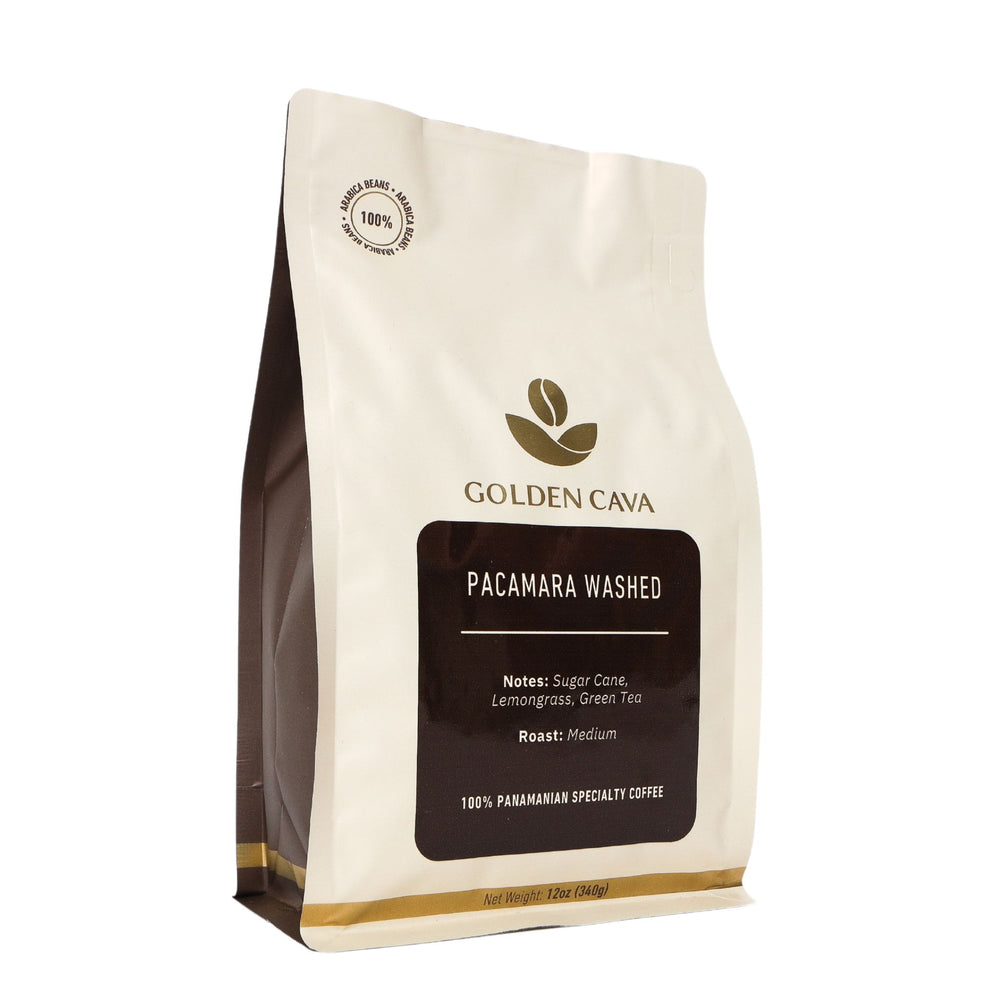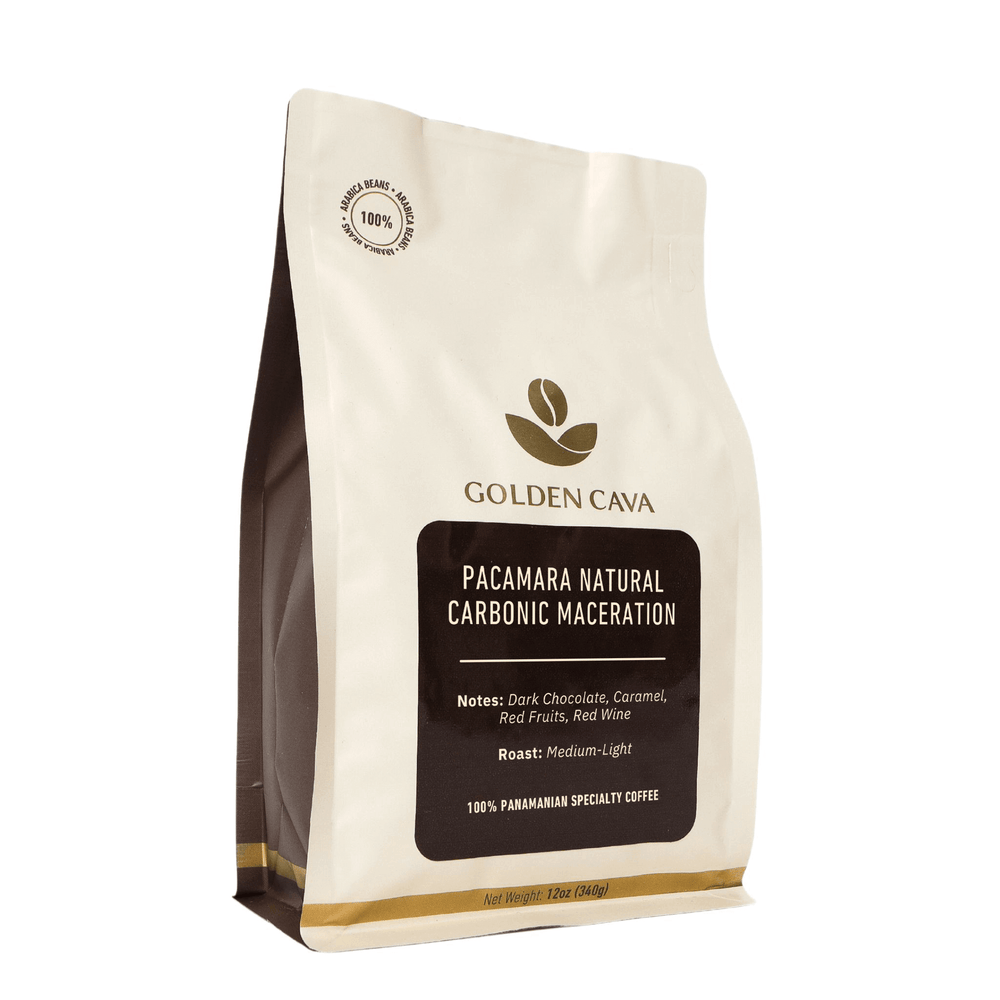Arabica coffee beans are the most sought-after variety among coffee connoisseurs, offering a range of flavors and aromas that delight the senses. This post takes a look at why Arabica beans are so beloved, as well as how they differ from other varieties such as Robusta.
We'll dive into the unique flavor profiles of Arabica coffee, uncovering why it is considered superior to other types. Additionally, you'll learn about the potential health benefits associated with drinking high-quality Arabica coffee.
Finally, we will discuss various brewing methods for Arabica coffee beans to help you achieve the perfect cup every time. By understanding more about this exceptional bean variety, you can elevate your daily caffeine fix and appreciate its full flavor potential.
Table Of Contents:
- 1. What is Arabica Coffee?
- 2. How Does Arabica Coffee Differ from Robusta Coffee?
- 2. How Does Arabica Coffee Differ from Robusta Coffee?
- 3. What Are the Flavor Profiles of Arabica Coffee?
- 4. What Are the Health Benefits of Drinking Arabica Coffee?
- 5. How Should I Brew Arabica Coffee Beans?
- Conclusion
1. What is Arabica Coffee?
Scientifically known as Coffea Arabica, is a type of coffee bean that originates from the highlands of Ethiopia and South Sudan. Today, it has become the most sought-after type of coffee in the world, with over half of all worldwide coffee production attributed to Arabica beans. The popularity of Arabica can be attributed to its mild flavor profile and enticing aroma that appeals to a wide range of taste preferences.
Arabica coffee grown mainly in Central and South America, Africa, and Asia at altitudes ranging from 800 m (2600 ft) to 2000 m (6500 ft), Arabica plants prefer cooler temperatures with plenty of precipitation for optimal flavor complexity while still preserving their delicate balance during growth. This allows them to develop complex flavors while maintaining their delicate balance during growth.

A Brief History
The history of Arabica dates back thousands of years when ancient tribes discovered these beans growing wild on Ethiopian plateaus. They would crush the cherries containing seeds or beans into a paste mixed with animal fat which provided an energy boost for long journeys or battles. It wasn't until around the 15th century when Yemeni traders began cultivating this plant commercially that it started gaining recognition as an important beverage commodity across Arabia.
Varieties & Cultivars
There are numerous varieties within Coffea arabica species itself; some well-known examples include:
- Bourbon: A highly regarded variety originating from Reunion Island (formerly Bourbon).
- Typica: One of the oldest cultivated varieties tracing back to Yemen's early coffee cultivation.
- Geisha: A highly sought-after variety from Panama, known for its floral and fruity notes.
These varieties are further divided into different cultivars that have been selectively bred to produce specific flavors or adapt to certain growing conditions. For example, the Caturra and Catuai cultivars were developed in Brazil as a result of crossbreeding Bourbon and Typica plants. This diversity within Arabica species allows coffee enthusiasts to explore an array of unique taste experiences through their daily brews.
Arabica java, a favorite amongst coffee connoisseurs globally, provides an exclusive flavor profile that can be savored by all. As we move on to discuss how Arabica differs from Robusta Coffee, it's important to understand what makes these two varieties so distinct.

2. How Does Arabica Coffee Differ from Robusta Coffee?
Arabica and robusta coffee beans are the two main types of coffee beans that dominate the global market, each with their unique characteristics and flavor profiles. Understanding these differences is essential for any coffee enthusiast or entrepreneur looking to explore the world of specialty coffees.
A. Size and Shape
One noticeable difference between arabica and robusta beans is their size and shape. Arabica beans are generally larger, oval-shaped, and have a curved crease on one side, while robusta beans tend to be smaller, rounder, and have a straight crease down the middle.
B. Acidity Level & Caffeine Content
Arabica coffee, which makes up about 60-70% of global production, has higher acidity levels compared to its counterpart - robusta coffee. This characteristic gives arabica its bright flavors often described as fruity or wine-like notes in taste profiles.
-
Caffeine content:
- In general terms, arabicas contain less caffeine than robustas. The lower caffeine content contributes to arabicas' smoother taste profile without being overly bitter.
- The average caffeine content in an Arabica bean ranges from 1% to 1.5%, whereas it can go up to 2%-2.7% in Robusta varieties.
-
Sugar level:
- Arabica beans have a higher sugar content than robusta, which contributes to their natural sweetness and more complex flavor profiles.

C. Growing Conditions & Price
Arabica coffee grows at higher altitudes (above 2,000 feet) in tropical regions with ample rainfall and moderate temperatures. These conditions result in slower growth rates for the plant, allowing the beans to develop richer flavors over time. In contrast, robusta plants can grow at lower elevations and are generally more resistant to pests and diseases due to their higher caffeine content.
The increased demand for arabica beans combined with their specific growing requirements often results in a higher price compared to robusta varieties. However, this premium is justified by the superior quality of taste that many coffee lovers appreciate when sipping on an expertly brewed cup of arabica coffee.
2. How Does Arabica Coffee Differ from Robusta Coffee?
Arabica and robusta coffee beans are the two main types of coffee beans that dominate the global market, each with their unique characteristics and flavor profiles. Understanding these differences is essential for any coffee enthusiast or entrepreneur looking to explore the world of specialty coffees.
A. Size and Shape
One noticeable difference between arabica and robusta beans is their size and shape. Arabica beans are generally larger, oval-shaped, and have a curved crease on one side, while robusta beans tend to be smaller, rounder, and have a straight crease down the middle.
B. Acidity Level & Caffeine Content
Arabica coffee, which makes up about 60-70% of global production, has higher acidity levels compared to its counterpart - robusta coffee (source). This characteristic gives arabica its bright flavors often described as fruity or wine-like notes in taste profiles.
-
Caffeine content:
- In general terms,arabicas contain less caffeine than robustas,. The lower caffeine content contributes to arabicas' smoother taste profile without being overly bitter.
- The average caffeine content in an Arabica bean ranges from 1% to 1.5%, whereas it can go up to 2%-2.7% in Robusta varieties (source).
-
Sugar level:
- Arabica beans have a higher sugar content than robusta, which contributes to their natural sweetness and more complex flavor profiles.
C. Growing Conditions & Price
Arabica coffee plants thrive at higher altitudes (above 2,000 feet) in tropical regions with ample rainfall and moderate temperatures. These conditions result in slower growth rates for the plant, allowing the beans to develop richer flavors over time. In contrast, robusta plants can grow at lower elevations and are generally more resistant to pests and diseases due to their higher caffeine content.
The increased demand for arabica beans combined with their specific growing requirements often results in a higher price compared to robusta varieties. However, this premium is justified by the superior quality of taste that many coffee lovers appreciate when sipping on an expertly brewed cup of arabica coffee.
3. What Are the Flavor Profiles of Arabica Coffee?
Arabica coffee taste is renowned for its broad, intricate flavor profiles which may differ based on the kind of bean used, environmental conditions in which it was grown, how it was processed and roasted. In general, arabica beans offer a mild taste with various notes that create a unique sensory experience for coffee lovers. Some common flavors found in arabica coffee include:
- Chocolate: Many arabica coffees have a distinct chocolatey undertone that adds depth to their overall taste.
- Nuts: Nutty flavors like almond or hazelnut are often present in arabicas from regions such as Brazil and Colombia.
- Fruits: Fruit notes ranging from citrus fruits like oranges to berries can be detected in many varieties of arabica beans.
- Spices:Certain spices like cinnamon or clove may also be noticeable in some types of arabicas due to their terroir (the environmental factors affecting the growth).
The specific flavor profile of an individual cup of Arabica coffee depends not only on the type and origin but also on how it was roasted. Lighter roasts tend to highlight fruity acidity while darker roasts bring out deeper chocolate or caramel tones (National Coffee Association). Experimenting with different roast levels allows you to find your preferred balance between these various flavor components.
Beyond roast level, brewing method plays a significant role in determining the final taste profile experienced by drinkers. For example, using a pour-over method will typically result in brighter fruitier notes being more pronounced compared to a French press, which may emphasize the body and richness of the coffee. By exploring different brewing techniques, you can further customize your Arabica coffee experience to suit your personal preferences.
Arabica coffee also known as coffea arabica plant has a distinctive taste, making it a favorite among connoisseurs. With its potential health benefits, let's explore what are the health benefits of drinking Arabica Coffee?

4. What Are the Health Benefits of Drinking Arabica Coffee?
Drinking arabica coffee can provide several health benefits due to its high levels of antioxidants and other beneficial compounds. Some key advantages include:
- Reduced inflammation: Arabica coffee is rich in chlorogenic acid, which may help reduce inflammation in the body.
- Cognitive function and alertness: The caffeine content in arabica beans helps improve cognitive function and alertness, making it an excellent choice for those who need a mental boost during their day.
- Potential weight loss aid: Some studies suggest that drinking coffee, including arabica varieties, may help with weight management by increasing metabolism and fat oxidation. However, more research is needed to confirm these findings.
- Type-2 diabetes prevention: Research has shown that moderate consumption of coffee could be associated with a lower risk of developing type-2 diabetes due to its impact on insulin sensitivity.
- Mood improvement: The combination of caffeine and various antioxidants found in arabica beans might contribute to mood enhancement by stimulating neurotransmitters such as dopamine and serotonin.
Besides these potential health benefits, it's essential to remember that moderation is crucial when consuming any caffeinated beverage like arabica coffee. Excessive intake can lead to adverse reactions, such as an accelerated heart rate or heightened anxiety. To enjoy the perks without overdoing it, aim for no more than three cups per day (depending on individual tolerance).
In addition to choosing high-quality arabica beans from reputable sources like Golden Cava, it's essential to consider how you prepare your coffee. Brewing methods and the addition of sweeteners or creamers can impact the overall health benefits of your cup. Opt for brewing techniques like French press or pour-over, which preserve arabica beans' natural flavors and antioxidants.
Drinking Arabica coffee can bring a wealth of health benefits, such as heightened mental alertness, greater energy levels, and even decreased chances of some illnesses. With these in mind, it is important to understand how best to brew Arabica beans for maximum flavor and enjoyment.

5. How Should I Brew Arabica Coffee Beans?
Making a great mug of arabica coffee needs meticulousness and some fundamental techniques. To ensure a flavorful cup of coffee, here we will discuss the optimal techniques for brewing arabica beans.
A. Choose Your Brewing Method
The two recommended brewing methods for arabica coffee are French press and pour-over. Both methods allow for optimal flavor extraction from the beans while providing control over variables such as water temperature, grind size, and brew time.
B. Use Freshly Ground Beans
To maximize your arabica coffee's potential, it is essential to use freshly ground beans rather than pre-ground options found in stores. Grinding your own arabica coffee beans just before brewing ensures that you capture all of their complex flavors and aromas.
- Grind Size: The ideal grind size depends on your chosen brewing method: coarse grinds work well with French press while medium-fine grinds are suitable for pour-over techniques.
- Burr Grinder: Invest in a quality burr grinder instead of using blade grinders which can produce inconsistent grind sizes leading to uneven extraction during brewing.
C. Use the Right Water Temperature
Water temperature plays a crucial role in extracting flavors from your arabica coffee beans. The ideal water temperature for brewing is between 195-205 degrees Fahrenheit (90-96 degrees Celsius). Using water that is too hot can result in over-extraction and bitterness, while using water that is too cold may lead to under-extraction and weak flavors.
D. Monitor Your Brew Time
The optimal brew time varies depending on your chosen method but generally falls within the range of 4 minutes for both French press and pour-over techniques. Experiment with different brew times to find what works best for your taste preferences, keeping in mind that longer extraction times can lead to increased bitterness.
By following these guidelines when brewing arabica coffee beans, you will be able to enjoy a delicious cup of coffee with all its nuanced flavor profiles shining through. Remember, practice makes perfect - so keep experimenting until you find the perfect combination of variables that suits your palate.
Conclusion
Arabica coffee beans offer a unique flavor profile and many health benefits that are not found in Robusta. For a truly exceptional experience, opt for the superior quality of Arabica coffee beans. With its distinct taste and aroma, drinking arabica coffee is sure to be a treat every time.
Discover the world of specialty coffee with Golden Cava and experience a fresh, sustainable cup every time. Subscribe now to start your journey into quality arabica beans straight from Panama!


